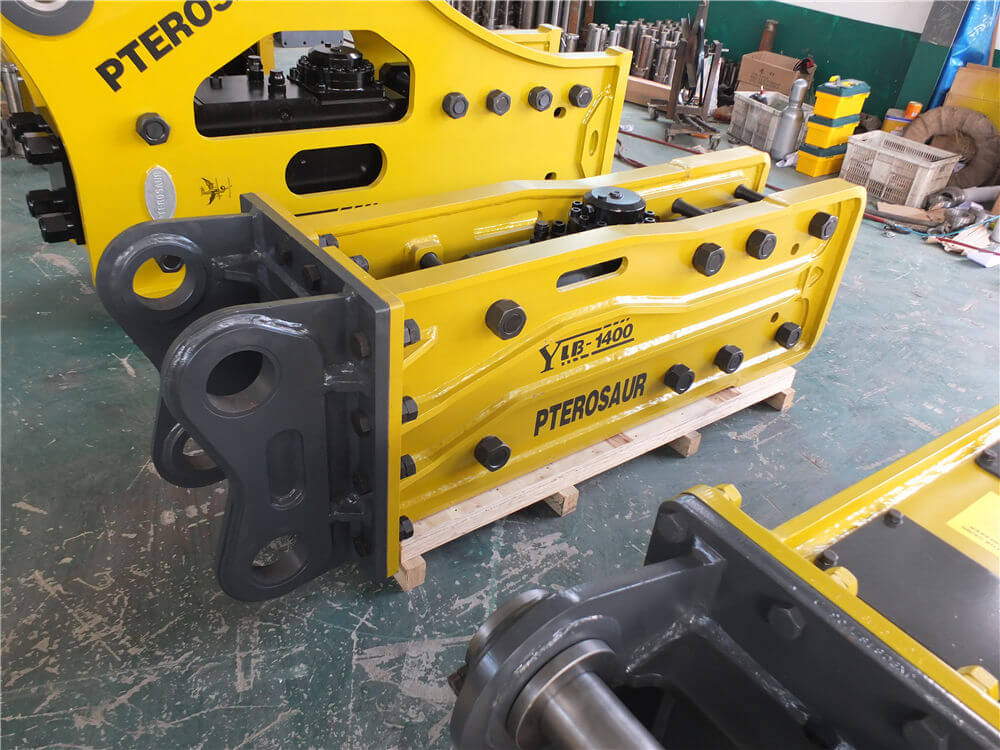Understanding Hydraulic Hammers: Functionality and Applications
Hydraulic hammers, often referred to as hydraulic breakers or rock breakers, are essential tools in the construction and demolition industries. These powerful percussion hammers are typically fitted to excavators, allowing for the efficient demolition of concrete structures and the breaking of rocks. In this article, we explore the workings of hydraulic hammers, their applications, and the advantages they offer over traditional methods.
What is a Hydraulic Hammer?
A hydraulic hammer is a type of hydraulic tool or attachment designed specifically for heavy-duty demolition tasks. It operates through an auxiliary hydraulic system, which is powered by the excavator itself. The hydraulic system utilizes pressurized fluid to generate force, enabling the hammer to deliver powerful blows to the material being broken apart.
Key Features
-
Powerful Percussion: Hydraulic hammers deliver high-impact energy, making them effective at breaking large blocks and slabs of concrete, as well as rocks.
-
Versatile Applications: These tools can be used in a variety of projects, including demolition, excavation, and construction. They are particularly useful in scenarios where traditional blasting or jackhammering methods are impractical.
-
Enhanced Control: Operators can control hydraulic hammers with precision, typically using a foot pedal or joystick on the excavator, which allows for better maneuverability and accuracy during operation.
Applications of Hydraulic Hammers
Hydraulic hammers are employed in various civil engineering tasks, including:
-
Demolition Projects: Their primary use is in the demolition of concrete structures, where they can efficiently break down walls, floors, and foundations.
-
Rock Breaking: In quarrying or mining operations, hydraulic hammers are ideal for breaking large rock formations that obstruct progress.
-
Pile Driving: Modern hydraulic hammers are also used as piling hammers, which are employed to drive steel pipe, precast concrete, and timber piles into the ground instead of using traditional diesel or air hammers. This method reduces noise and vibration, making it more environmentally friendly.
Advantages of Hydraulic Hammers
Hydraulic hammers provide several advantages over traditional demolition methods:
-
Efficiency: They can execute tasks faster than manual methods, reducing labor costs and project timelines.
-
Reduced Noise and Vibration: Compared to diesel hammers, hydraulic hammers operate with less noise and vibration, making them suitable for urban environments where minimizing disturbance is crucial.
-
Increased Safety: The remote operation of hydraulic hammers reduces the risk to workers, as they can maintain a safe distance from the demolition site.
-
Durability: Hydraulic hammers are built to withstand rigorous conditions, offering longevity and reliability in demanding applications.
Conclusion
Hydraulic hammers have revolutionized the way demolition and construction tasks are carried out. Their powerful performance, versatility, and operational efficiency make them indispensable tools in modern construction practices. As technology advances, the capabilities and applications of hydraulic hammers will continue to expand, making them an even more vital asset in the industry. Whether breaking concrete or driving piles, hydraulic hammers remain a critical component of successful construction and demolition projects.



































